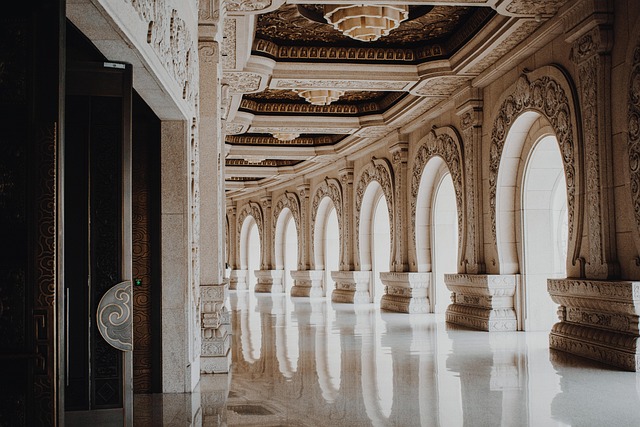When we delve into art history, we uncover a tapestry woven with creativity, cultural context, and transformative techniques. One of the most fascinating intersections within this narrative is the role of photography. Photography, often perceived merely as a modern convenience, is in fact a powerful medium that reshapes our understanding of visual composition and artistic aesthetics.
The invention of the camera in the early 19th century marked a revolutionary moment in the art world. It bridged reality and artistic interpretation, allowing artists to capture the world with a precision previously unattainable. The optics of photography transformed the very notion of composition. Just as painters in the Renaissance carefully arranged their subjects within the frame, photographers began to explore similar principles governed by light and perspective.
Consider the way light interacts with the environment in a photograph. Every shadow, glare, and hue can evoke emotions, much like a well-crafted painting. A camera does not simply freeze a moment; it offers a dialogue between the artist and the viewer, enabling them to perceive reality through an artistic lens. In understanding art history, we must recognize how photographers dialogued with their predecessors, borrowing techniques while also challenging and expanding them.
Emphasizing composition in photography invites us to analyze how elements such as balance, symmetry, and depth play out within the frame. For instance, the rule of thirds—a fundamental compositional guideline in both painting and photography—encourages photographers to place subjects off-center for a more dynamic image. This method enriches the viewer’s engagement, inviting them to explore the entirety of the scene rather than fixating on a singular focal point.
The emotional resonance that can be achieved through composition is striking. A well-composed photograph can resonate with history, invoking feelings that span generations. Think of iconic images from the Great Depression captured by Dorothea Lange. Through her lens, the weight of despair and resilience is palpable, a testament to the power of composition in photography as a medium of storytelling.
As we examine works from different eras in art history, the influence of photography becomes apparent. Iconic artists like Man Ray and Cindy Sherman used the camera not just as a tool, but as a brush, painting with light and shadow in ways that pushed boundaries. Their compositions challenge our perceptions and urge us to reconsider the essence of art itself.
In essence, photography serves as a bridge connecting past and present, allowing modern artists to dialogue with historical traditions while finding unique expressions in their compositions. Each snapshot, each click of the shutter contributes to an ongoing conversation about art, inviting us to reflect on the world through a multifaceted lens.
As we continue to explore the rich tapestry of art history and its relationship with photography, we discover not only the evolution of techniques but also the emotional and intellectual engagement that arises from thoughtful composition. Whether through the lens of a camera or the strokes of a brush, art remains a boundless medium for self-expression and exploration.



